Enhance Your Yoga Practice with Yoga Blocks
Did you know there are 101 ways to use yoga blocks? These helpful tools can improve your yoga moves. They help with the right body positions, deeper stretches, and staying balanced.
Yoga blocks are great for everyone, no matter their skill level. They make practicing yoga more mindful, flexible, and better for your health. It’s perfect for beginners and those who have been doing yoga for a while.
Key Takeaways
- Yoga blocks can help change or make poses harder.
- They give support and help with stretching and getting stronger.
- There are three types of blocks, each for a different level of support.
- Foam blocks are perfect for easy poses, and cork blocks help with grip.
- Using blocks can make poses like Downward Facing Dog better.
Who Should Use Yoga Blocks
Yoga blocks can help everyone, from newbies to pros. They make poses easier by bringing the floor closer or giving extra support. This makes yoga safer and more doable for those with tight muscles or movement issues.
For Beginners and Advanced Practitioners
Many think yoga blocks are just for starters, but that’s not true. They help with balance, form, and trying new poses for everyone. So, if you’re starting or have been at it, blocks are a good thing to use.
Accessible Tool for All Levels
Blocks are a great help, no matter your skill or body type. They make poses easier and reduce the chance of getting hurt. For this reason, anyone can benefit from using them in their practice.
For the newbies, blocks help stand correct and stay balanced in simple poses. Advanced yogis can make poses harder, test balance, and be creative. So, everyone may find blocks great for improving their practice.
| Block Type | Dimensions | Material | Key Features |
|---|---|---|---|
| Standard Yoga Block | 9 inches x 6 inches x 4 inches | Foam or Cork | Versatile support, varying density |
| Foam Block | Varies | Foam | Softer, less expensive, ideal for restorative poses |
| Cork Block | Varies | Cork | Sustainable, durable, offers superior stability and grip |
Using blocks can help you learn about your body and pose correctly. They’re great for starting yoga, boost flexibility, and muscle work.
Benefits of Using Yoga Blocks
Yoga blocks are great tools for improving your yoga practice. They help a lot in many ways. One big help is they make sure you’re in the right position. If you use them right, you avoid hurting yourself. They keep you balanced and safe.
Provide Support and Alignment
Blocks make poses easier for those who can’t reach the floor. This is great for keeping your body in the right position. It helps without making you twist too much. You can think of them as small helpers. They make tough poses more doable. And they help in stretches by making them not too hard.
Stretch and Strengthen
Yoga blocks help you stretch more and get stronger. They make some moves and stretches a bit harder. This helps you get better at yoga and feel stronger. If you use them well, you will see and feel the difference in your body.
Using blocks lets you get deeper into your poses. They improve how the pose feels without pushing too hard. You would not hurt your muscles this way. This is very important in certain poses. Being smart with the blocks can keep you safe.
Blocks help you feel more confident in hard poses. They keep you steady and lower the chance of getting hurt. This is very good for poses that need you to balance well.
CorkYogis sells blocks made of cork in a way that’s good for nature. These blocks make your yoga better. And some of the money goes to help other people, which is very kind.
| Standard Dimensions | Common Materials | Benefits |
|---|---|---|
| 9 inches by 6 inches by 4 inches | Foam or cork | Enhance alignmentDeepen stretchesBuild strengthPrevent injuriesBoost confidence |
Choosing the Right Block Height
Yoga blocks have three height settings: low, medium, and high. The low setting is best for poses needing a lot of support. Medium and high settings offer more lift but might be a bit less steady. It’s important to pick the right height for what you need in your yoga pose.
Low, Medium, and High Settings
Yoga blocks are usually 9″ x 6″ x 4″ in size. They can also be found in sizes like 9″ x 6″ x 3″ and 9″ x 6″ x 3.5″. Wooden blocks cost more but last a long time and look nice. Cork blocks are a bit heavier than foam but stay put and soak up moisture. This makes them great for grip and eco-friendly.
Start with Accessible Height
If you don’t know which block height to use, try the lowest one first. Work your way up from there. Use the height where you can keep good form and breathe well. If it feels too hard or you can’t breathe right, the block might be too tall. Try a lower setting.
Types of Yoga Blocks
Yoga blocks come in different materials, each with unique benefits. Foam yoga blocks are great for gentle poses, offering extra cushion and comfort. They are light and perfect for supporting your body in deep stretches or when relaxing. Many yoga places like them because they’re easy to use.
Cork yoga blocks give more stability and grip than foam ones. They help with building strength, adding challenge to exercises through their weight. Cork blocks are good for arm balances. They are also eco-friendly, which means they’re a good choice for the planet.
Foam Blocks for Restorative Poses
Foam blocks are often seen in yoga studios. They should be at least 4″ wide. They are light, affordable, and come in different weights.
Cork Blocks for Stability and Grip
On the other hand, cork blocks weigh about two pounds each. They provide great support and are made from sustainable cork. Cork is also water-resistant and can be recycled. Even though they cost a bit more, they are perfect for arm balances and exercises that need strength.
| Block Type | Weight | Suitable For | Cost |
|---|---|---|---|
| Foam | 3-12 ounces | Restorative poses, general practice | Least expensive |
| Cork | 1-2 pounds | Arm balances, strength exercises | Moderate cost |
| Wood | 1.5-2.5 pounds | Stability, advanced poses | Most expensive |
The standard size for yoga blocks is 9″ x 6″ x 4″. But there are also popular sizes like 9″ x 6″ x 3 and 12″ x 8″ x 2. Hugger Mugger, a top brand, offers blocks in wood, bamboo, cork, and more. They come in many sizes to meet different needs.
Popular Yoga Block Trends in 2024
Eco-friendly blocks: Echoing the growing trend towards sustainability, eco-friendly yoga blocks made from natural and biodegradable materials like cork or bamboo have gained popularity.
Printed blocks: To add a splash of personality to their practice, many yogis are opting for blocks with printed designs, motivational quotes or vibrant colors.
Block sets: Many manufacturers offer yoga blocks in sets, often paired with other yoga accessories like straps or mats, providing a full package for beginners or those looking to upgrade their yoga equipment.
Multi-grip blocks: These blocks feature various handholds, allowing for a more comfortable and versatile use in different poses.
Conclusion: Your Practice, Your Blocks
Finding the right yoga blocks is a highly personal journey, much like yoga itself. The best blocks for you will depend on your unique needs, preferences, and yoga style. Whether you prefer the lightness of foam, the sturdiness of cork, or the durability of wood, there’s a yoga block out there just for you. Now, it’s over to you. We’d love to hear about your experiences with different types of yoga blocks. Join the conversation below and inspire others on their journey towards balanced and supportive yoga practice.
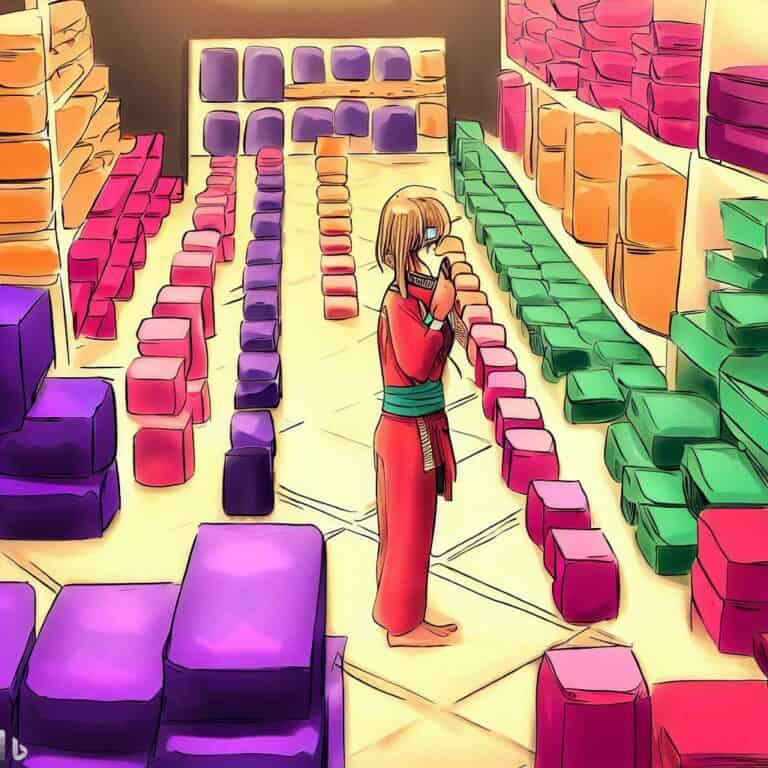

Best yoga blocks
Discover the best yoga blocks of 2023 that elevate your practice, from eco-friendly cork to versatile foam and elegant bamboo.


Block by Block: A Comprehensive Guide to Choosing the Perfect Yoga Block
This article is a comprehensive guide to help you choose the best yoga block. Consider the material, size, density, brand reputation, and price range.


7 Essential Tips on How to Use Curved Yoga Blocks + 6 Bonus Tips for Beginners
Discover how to use curved yoga blocks elevate your practice, offering ergonomic support and unique benefits for beginners and advanced yogis alike.


Exploring the Benefits of Curved Yoga Blocks: A New Dimension in Yoga Practice
Discover the transformative benefits of curved yoga blocks and how they reshape traditional practice, especially for beginners seeking support and alignment
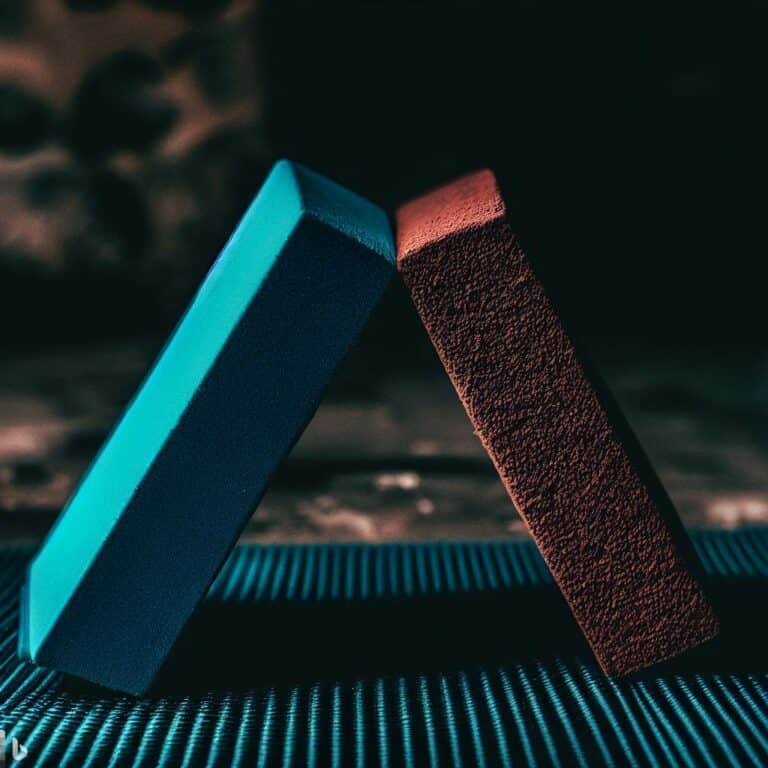

Yoga block 1 or 2: The Versatility and Vitality of Yoga Blocks
Choosing between one or two yoga blocks for your practice? Uncover the benefits and drawbacks of each option with our guide.


Cleaning Yoga Blocks: A Comprehensive Guide to Block the Damage
Learn how to clean yoga blocks with our expert tips for maintenance and longevity. Keep them clean, store them properly, and maintain their shape!


Best Yoga Block Brands: A Comprehensive Review to Build Your Practice
Discover the best yoga block brands for your practice. Learn about materials, sizes, and weights to find the perfect option for you.


Crafting Your Practice: The Benefits and Art of Customizable Yoga Blocks
Discover the benefits of customizable yoga blocks. Personalize for your needs and preferences. Versatile, comfortable, and supportive during practice.
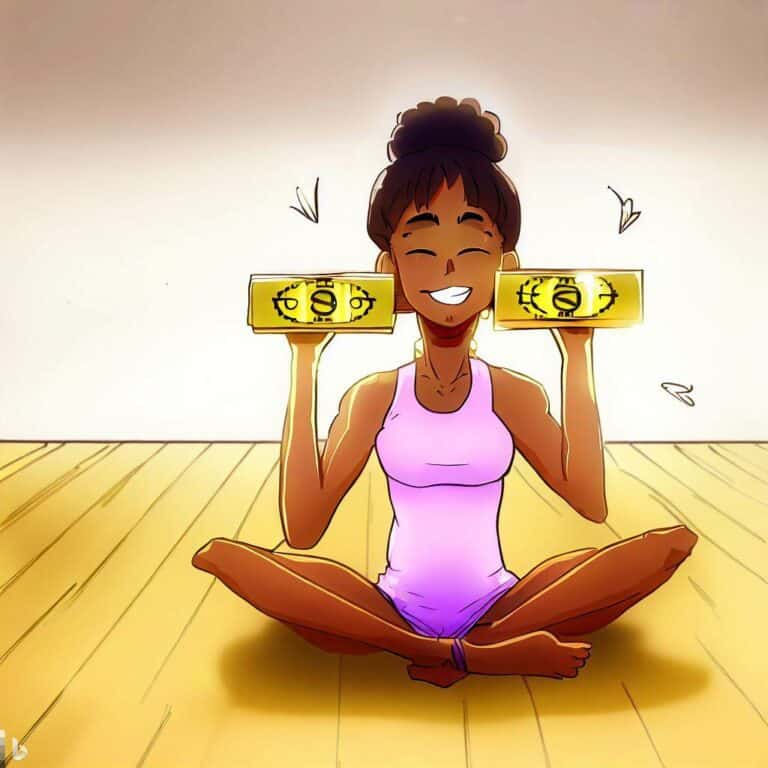

Value of Yoga Block Sets: Are They Worth the Investment?
Discover the benefits, types, and factors to consider when investing in a yoga block set. Improve your yoga practice with this helpful guide.


A Guide to Choosing the Perfect Shape Yoga Block for Your Practice
Discover the perfect shape yoga block for your practice. Read this article to learn which blocks work best for different poses and preferences.
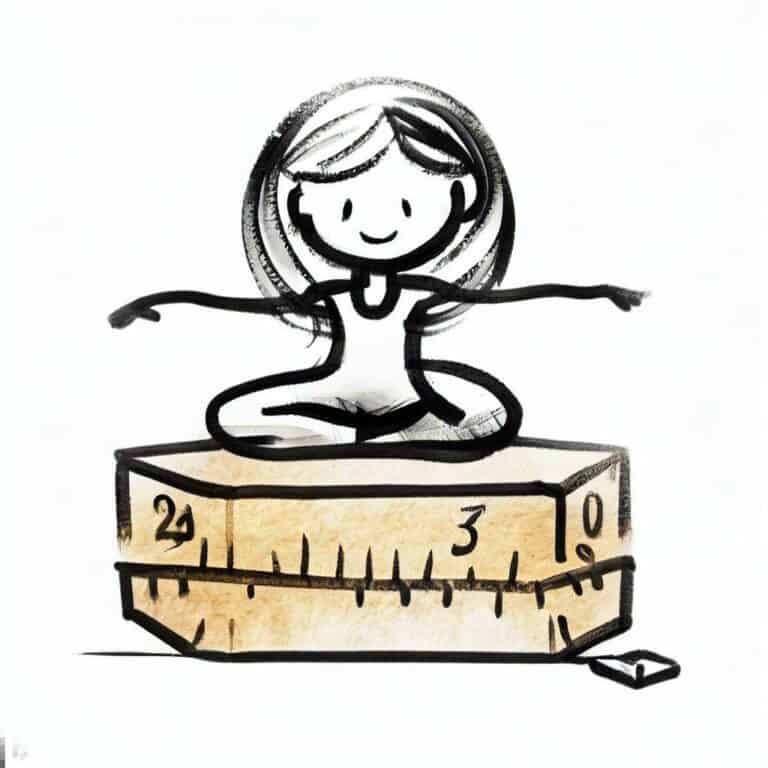

Finding Your Perfect Fit: A Comprehensive Guide to Yoga Block Sizes
Find the perfect yoga block size for your practice. Learn about standard, oversized, travel-sized, and specialty blocks in our detailed guide to yoga block sizes
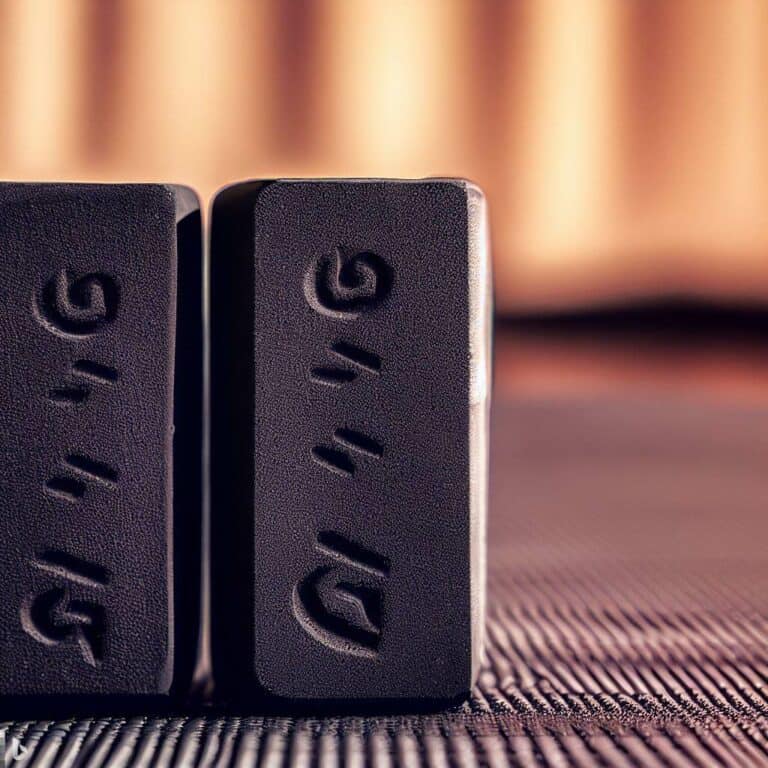

Om Your Way to Sustainability: The Benefits of Natural Rubber Yoga Blocks
Discover the eco-friendly and sustainable benefits of using a natural rubber yoga block! Enhance balance, support, and stability during yoga poses.
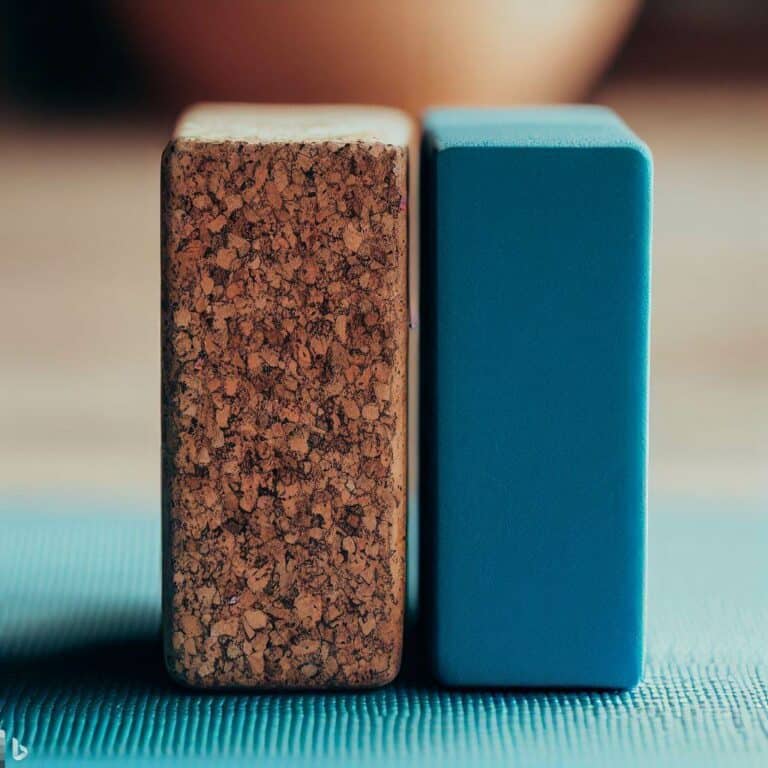

The Ultimate Guide to Choosing Between Cork and Foam Yoga Blocks
Discover the pros and cons of using cork and foam yoga blocks in your practice. Learn which one is best for you based on portability, support, comfort, and cost


Types of yoga blocks: Which one is right for you?
Discover the different types of yoga blocks and choose the right one for your practice. Foam, cork, wood, or bamboo? Find out in this informative guide.
The Best Curved Yoga Blocks for Beginners in 2023
Unraveling the essentials of curved yoga blocks for beginners, guiding novices to the best choices for a supportive and aligned practice.


5 Blocks Tested: Which is the Best Curved Yoga Block of the Year?
Diving deep into curved yoga block reviews to uncover the best options, ensuring an informed choice for your yoga practice.



